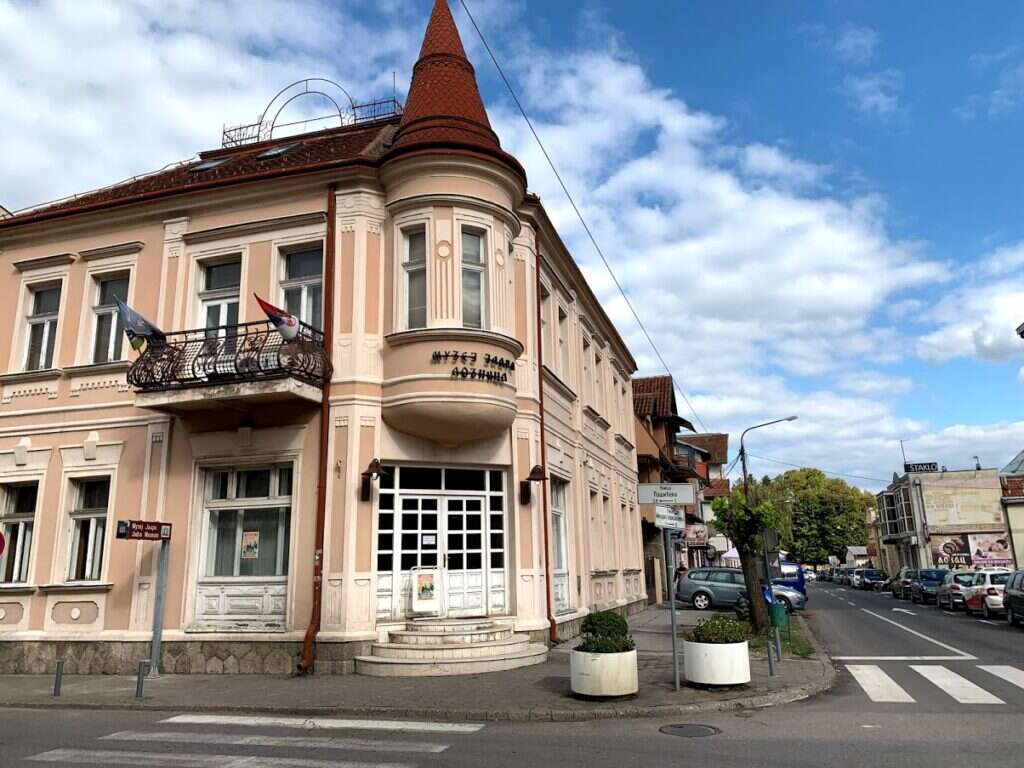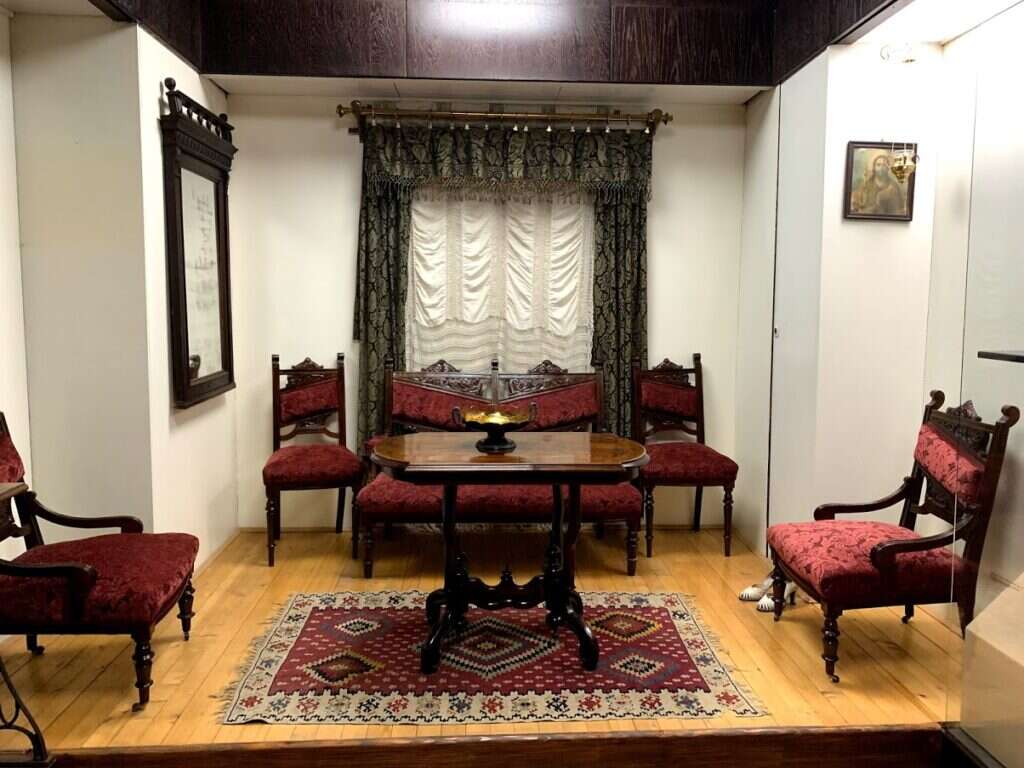Anyone who wishes to enrich knowledge with the history of Radjevina and Azbukovica and briefly return to the past of this region of Serbia will best do so by going to the Jadar Museum in Loznica.
In the heart of the city, in the magnificent building of the regional museum, archaeological, ethnographic and historical collections are preserved.

FABRICS AND JEWELRY
In chronological order , the fossil remains are stored here, as well ceramics and stone obejcts that people made tools from. Women made fabric, jewelry, and some pieces still seem like a desirable fashion items even today.

Even back then, the ladies took care of their appearance, and in order to have beautiful hairstyles, they created hand-made hair inserts that made the so-called mini-wave hairstyle.

BURIALS
The museum exhibits parts of mounds, earthenware and stone debris where people have been buried. In this region, in prehistoric times, people were buried in two ways: by laying in mounds or burning, which was a more common form. Various bracelets that went with the deceased are also exhibited as it was believed that life after death was continued.
During the Roman period, these areas were inhabited by the Illyrians, and numerous remains of these people were found.
THEY DROVE LOGS DOWN THE RIVER DRINA
Due to the lack of mechanization and the inability to carry heavy timber from the mountains to Loznica and the surrounding places, people had to be sensible. They went to the forests of Zlatar and Zlatibor, felling down trees, and then they marked heavy trunks and drove them down the river Drina. Another group welcomed them at the end of this path. The Drina river brought the materials to Loznica, and every man knew whose trunk it was. The Museum has preserved paintings to illustrate this story.
TRADITION OF “LILANJE”
A particularly beautiful manifestation of this area is “Lilanje”. It is a childish custom that dates back to pre-Christianity when people believed that it would increase the fertility of the earth. It was a tradition for children to burn the bark of young cherry trees in the evening and to sing. So they made a ritual fire which, according to belief, drove away the evil forces. This custom is still retained in some places of Machva today, as a traditional event, but more fun in nature.

KATIC’S MODERN FLAT
At the beginning of the 20th century, the Katic family was one of the most respected families in Loznica. A replica of their living room from the apartment, which at the time was the most modern and most luxurious in town, is in this museum today. They left their furniture as a gift to the museum.

The set also features Mrs. Katic’s original shoes, which were not handmade but industrially produced overseas, which was very rare and a privilege of the rich. Being the elite, they were the first in this region to have a Ford car.

STORY OF THE SMELLY SPA
The healing spa Koviljaca in the municipality of Loznica used to be known as Smrdan Banja (SMELLY SPA). It was named because of its medicinal sulfur particles, which produced a very unpleasant odor.
The Loznica Museum has an interesting story from the beginning of the 20th century when Smelly Spa was extremely popular. Namely, the museum documents show that it already received public lighting in parks and streets as early as 1910, while the progressive German city of Frankfurt received street lighting only in 1928. 18 years after! Unfortunately, the retrograde period for Serbia came very soon when World War I destroyed it all.
THE TOUCHING STORY OF A YOUNG WAR HERO MOMCILO GAVRIC

A particularly emotional story displayed at the Jadar Museum is about a little warrior, Momcilo Gavric, a native of Trbusnica. Every visitor who listens to the story is saddened. Here’s the story: Momcilo was about eight years old during World War I. He had eight siblings. When the Austro-Hungarians attacked Loznica, his mother and father told him to go get a horse-drawn carriage to run away from the enemy. He obediently left, but when he returned home he found a horrifying sight. His whole family was slaughtered! In order to save himself, this little boy made his way to the Gucevo mountain and ran into the “Drina Division” led by Stevan Tucovic, the birth brother of famous serbian politician Dimitrije Tucovic, who received him into his unit. The brave eight-year-old went with them to the Thessaloniki front and walked over the mountains of Albania…
After the war, he left the country because he was adopted by a British family. He went there as illiterate, and returned to his native land after many years.

Nostalgic, at the age of twenty he went to the village to see what his birthplace looked like, and there he found his older brother, who had not actually died the day the enemies attacked. Only he, from the entire Gavric family, was taken to the camp and by luck he survived. The descendants of Momcilo Gavric’s heroes live abroad, and his grandson is also called Momcilo.
The museum also contains exhibits and personal belongings of the greatest geographer from these areas, Jovan Cvijic, who was born in Loznica.

JADARITE EXHIBIT
It is unusual for museums to have exhibits from the modern era, but that is exactly the case at the Jadar Museum. Namely, one sample of Jadarite is stored here – white, powdery and very valuable mineral containing a high percentage of lithium. This area is very rich in jadarite, and the Rio Tinto Company digs and exploits it. It is highly regarded worldwide, and will be used for batteries and smartphones.
This text is part of the project “Seven Wonders of Loznica” and co-funded by the City of Loznica.
(Come to Serbia)
